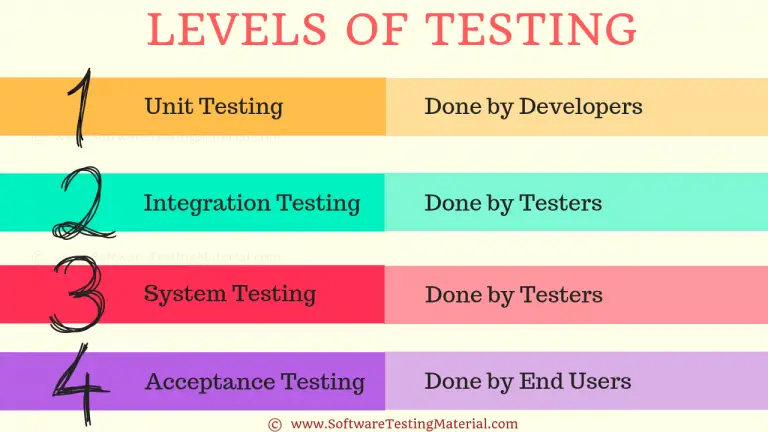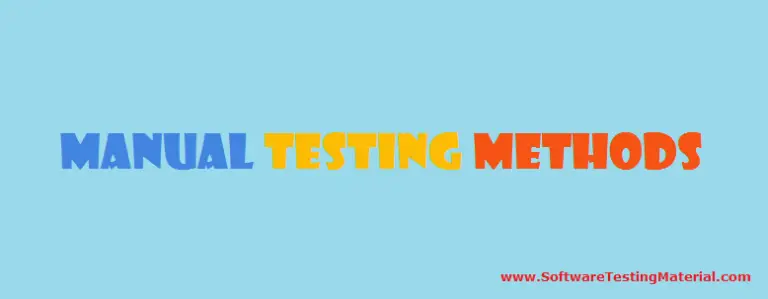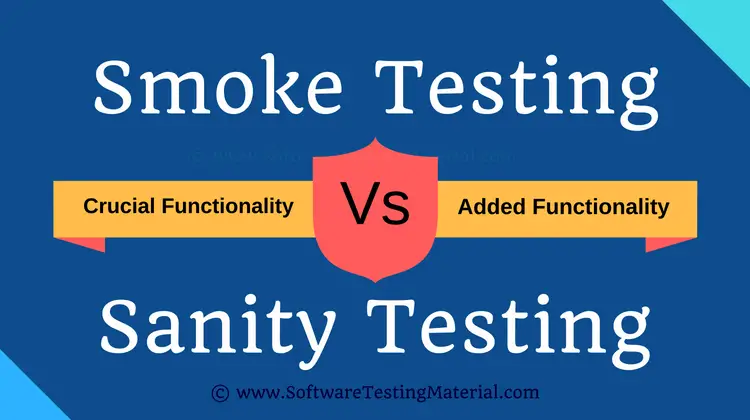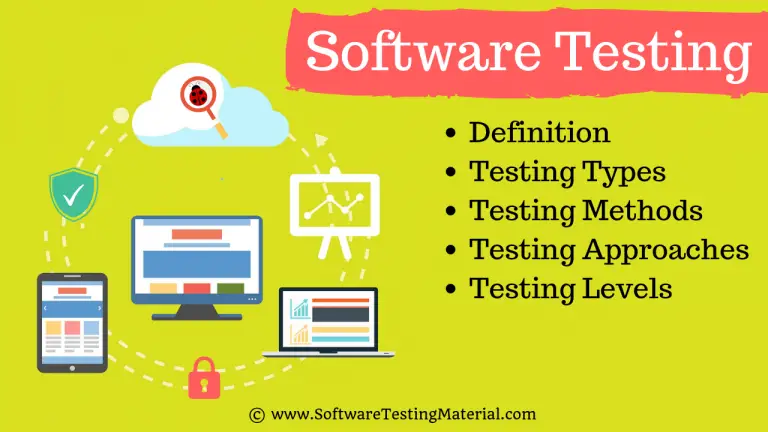5 Latest International Software Testing Standards
As a software quality assurance or software tester, you know that adhering to software testing standards is critical to the success of your project. But what are software testing standards, and why are they so important?
In this blog post, we’ll discuss some of the widely used standards in software development for increasing the Quality Assurance (QA) and testing of a product.
Software Testing Standards help to ensure that all software is tested in a consistent and effective manner, which helps to improve the quality of the final product.
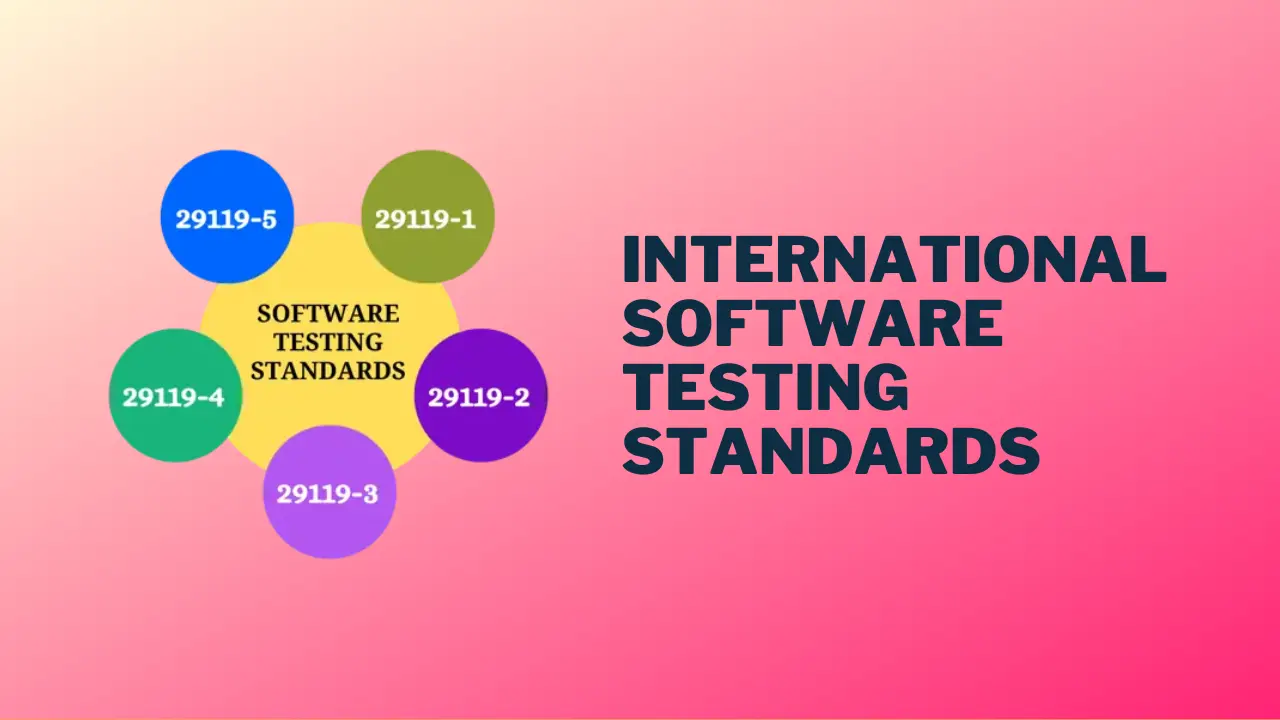
IEEE Standards Association
The IEEE Standards Association (the Institute of Electrical and Electronics Engineers Standards Association), is a non-profit organization that develops and maintains industry standards for a wide range of technologies.
IEEE standards are developed through a consensus-based process that brings together volunteers representing all interested parties, including manufacturers, users, employers, consumers, and academia. The goal of this process is to promote the development of technology that is compatible, interchangeable, and reliable.
IEEE standards are published in a variety of formats, including the IEEE Standards Collection and the IEEE Xplore Digital Library.
According to the IEEE standards association, the latest software testing standards are allowed to be used throughout a company’s software development life cycle.
With multiple software testing standards such as ISO and IEEE already in effect, another standard, ISO/IEC/IEEE 29119, has been added to the list to keep up with the pace of global technology advancements.
What is ISO/IEC/IEEE 29119
ISO/IEC/IEEE 29119 is an international standard for software testing that was published in 2013. The standard was developed by the International Organization for Standardization (ISO), the International Electrotechnical Commission (IEC), and the Institute of Electrical and Electronics Engineers (IEEE).
ISO/IEC/IEEE 29119 is intended to be used by organizations that develop, maintain, or use software. It can be used to improve the quality of software products and services, and to make the software development and testing process more efficient.
The standard is designed to be used in conjunction with other software development standards.
If you follow the standard you’ll be utilizing internationally recognized and approved testing standards, which will help your company maintain a high quality approach for testing in the long run.
Types of International Software Testing Standard
There are presently five different international software testing standards. They are as follows:
Software Testing Standards are a set of guidelines that provide a framework for testing software applications. These standards help ensure the quality of the software being developed and tested.
When choosing a software testing standard, it is important to select one that is relevant to your organization’s needs and objectives. The most important thing is to ensure that the standard you choose can be realistically implemented and followed within.
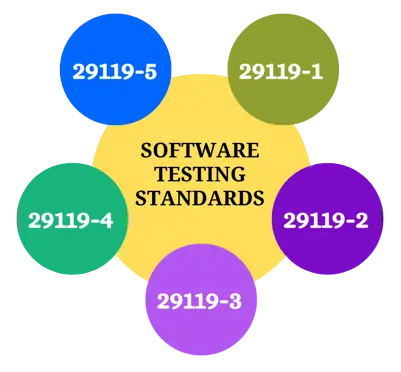
- ISO/IEC/IEEE 29119-5: Keyword-driven software testing (published: November 2016).
- ISO/IEC/IEEE 29119-4: Test techniques and strategies (published: December 2015).
- ISO/IEC/IEEE 29119-3: Test documentation of the product (published: September 2013).
- ISO/IEC/IEEE 29119-2: Test processes in a product (published: September 2013).
- ISO/IEC/IEEE 29119-1: Concepts and definitions of software (published: September 2013).
ISO/IEC/IEEE 29119-1
The purpose of this software testing standard is to focus on the concepts and definitions of other standards in the 29119 series. It aids users in comprehending the vocabulary these standards are based off as well helping them understand how each concept could work practically.
The 29119-1 is an abundance of knowledge and can be seen as the root of IEEE software testing standards. Some topics that are part this expansive series are: introduction to software testing, testing processes in SDLC, risk-based testing, common test practices, defect management etc.
ISO/IEC/IEEE 29119-2
The goal of this standard is to create a generic test process in a product that can be employed for conducting testing during any SDLC.
ISO/IEC/IEEE 29119-3
It has a specific emphasis on test documentation of the product. It offers standardized templates that are designed in such a way as to cover the whole SDLC. These templates, on the other hand, may be adjusted to meet the needs of each organization.
ISO/IEC/IEEE 29119-4
With an emphasis on test techniques and strategies this standard can be a powerful way to generate test cases that may be used to demonstrate that each stated requirement has been satisfied or that there are any defects that need to be addressed.
It covers software testing techniques such as equivalence partitioning, boundary value analysis etc.,
ISO/IEC/IEEE 29119-5
It is used widely in the software testing field and entails keyword-driven testing, which involves making test cases based on a predefined set of keywords.
Miscellaneous Software Testing Standards
There are other standards, in addition to the Standards mentioned above, that a software tester needs to be familiar with for QA and software testing purposes.
| Standard | Description |
|---|---|
| IEEE 829 | It provides a framework for creating test plans, test designs, test cases, test procedures, test logs, and test reports. It ensures that all software testing documentation is complete and consistent. |
| IEEE 1061 | It establishes better quality requirements, identifies, implements, analyzes, and validates the process and product software quality metrics. |
| IEEE 1059 | It supports in guiding Software Verfication and Validation plans. |
| IEEE 1008 | It supports in setting up proper unit testing. |
| IEEE 1012 | It supports Verification and Validation of product. |
| IEEE 1028 | It helps ensure that software inspections are carried out correctly. |
| IEEE 1044 | It classifies various software anomalies. |
| IEEE 830 | It provides a framework for developing system requirements specifications (SRS). |
| IEEE 730 | It deals with the software quality assurance plans. |
| IEEE 1061 | It deals with the software quality metrics and methodologies. |
| IEEE 12207 | It guides in software life cycle processes and life cycle data. |
| BS 7925-1 | Glossary of Software Testing Terms. |
| BS 7925-2 | A set of expectations for software component testing. |
Conclusion
Software Testing Standards: As technology advances, so does the need for rigorous software testing standards. At present, there are a variety of international software testing standards that help to ensure quality and consistency in the field.
Related posts:
- What is Software Testing | Everything you should know
- Application Lifecycle Management
- Software Development Lifecycle
- Software Testing Lifecycle
- Bug Life Cycle in Software Testing
- Automation Testing Tutorial
- Best Test Management Tools
- Best Automation Testing Tools
- Best Bug Tracking Tools


